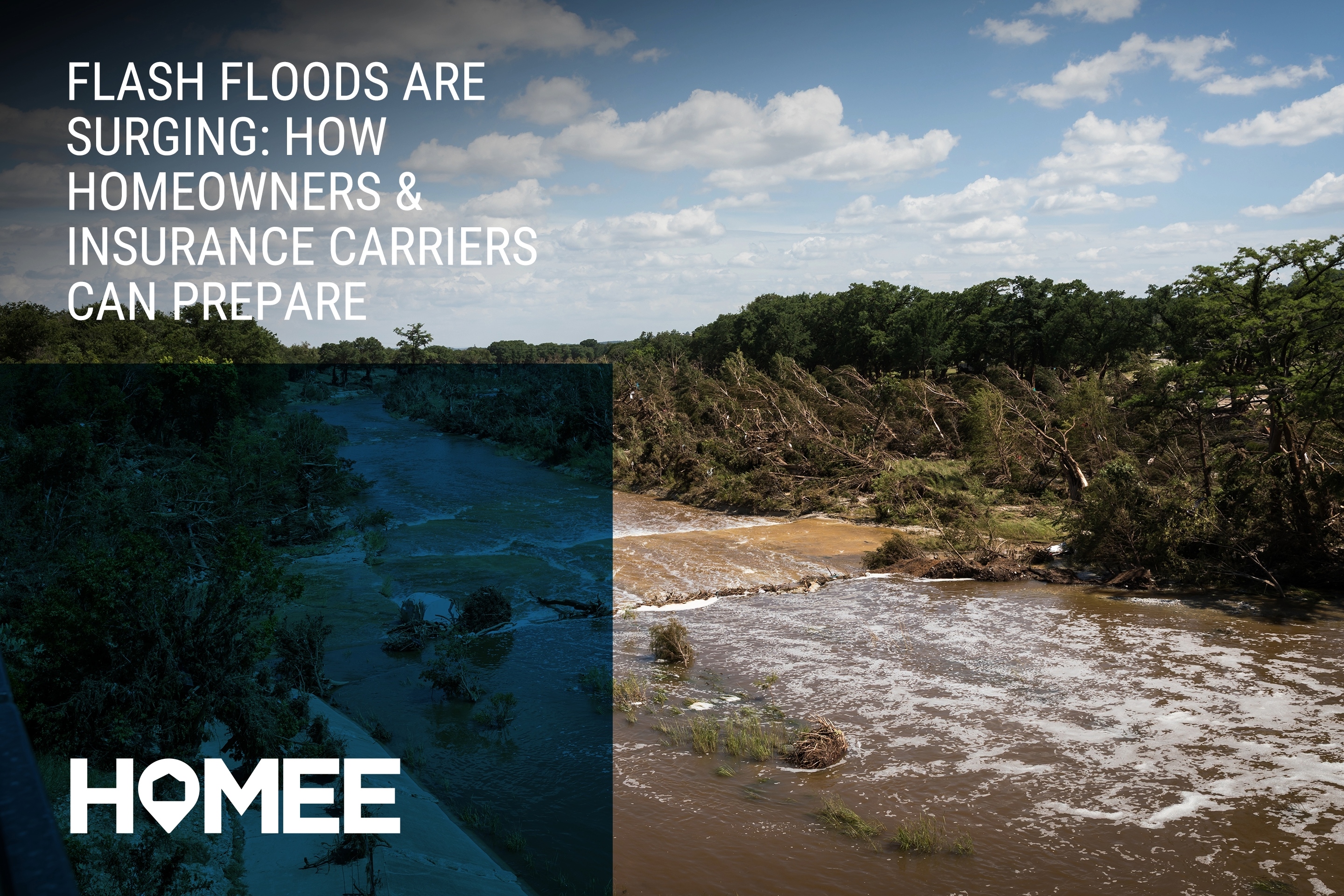Flash Floods Are Surging: How Homeowners and Insurance Carriers Can Prepare

The U.S. is seeing a sharp rise in flash floods, with recent events highlighting the urgency for preparedness. In July alone, storms across New Mexico, North Carolina, and the Northeast left dozens dead and caused billions in damages. In New Mexico, heavy monsoon flooding led to significant infrastructure damage, while Tropical Storm Chantal impacted parts of the Southeast and Mid-Atlantic. AccuWeather estimates that total flood-related losses across the U.S. this summer may reach $20 billion—a figure that continues to climb as severe weather accelerates.
Why Are Flash Floods Getting Worse?
Experts, including the National Climate Assessment, point to a clear trend: heavier precipitation in shorter bursts. Instead of a few inches falling over days, the same amount now dumps within hours—overwhelming infrastructure and putting lives at risk. Climate change is intensifying this dynamic, and both homeowners and insurers must adapt.
What Homeowners Can Do Now
Flood damage is both costly and often uncovered. According to FEMA’s National Flood Insurance Program (NFIP), just one inch of water can cause up to $25,000 in damage. And most standard homeowners’ insurance policies do not cover flood loss.
- Clear gutters and downspouts of debris to prevent water pooling on roofs.
- Elevate utilities—especially HVAC units, water heaters, and electrical systems—to minimize damage.
- Anchor large equipment and move valuables or portable systems to higher floors.
- Pack an emergency “go bag” during storm season with essentials, including medications, documents, and supplies.
- Avoid floodwaters: they may contain hidden hazards, debris, and electrical risks—even after the storm ends.
Post-storm, wear protective gear and avoid contact with water-logged electrical systems or displaced wildlife. And annually, review your policy and consider flood insurance—especially if you're in or near a FEMA-designated flood zone.
What Insurance Carriers Must Do
Proactive communication is key. Encourage policyholders to:
- Review flood coverage options.
- Take preventive actions before storm season.
- Understand what’s covered and what isn’t.
When storms hit, claims surge—and that’s where HOMEE’s claims automation platform delivers. With AI/ML triage tools and advanced analytics, HOMEE helps carriers handle high volumes of claims, increasing adjuster efficiency 5–10x.
Our results speak for themselves:
- 41% reduction in cycle times
- 9% fewer supplements
- 8–12% average indemnity savings per claim
When large-loss events strike, HOMEE ensures your team can respond at scale—delivering fast, accurate service while preserving customer trust.
Be Ready Before the Next Storm Hits
To learn how HOMEE can help you prepare for flood season and streamline your claims operation, reach out to us at claims@homee.com.
